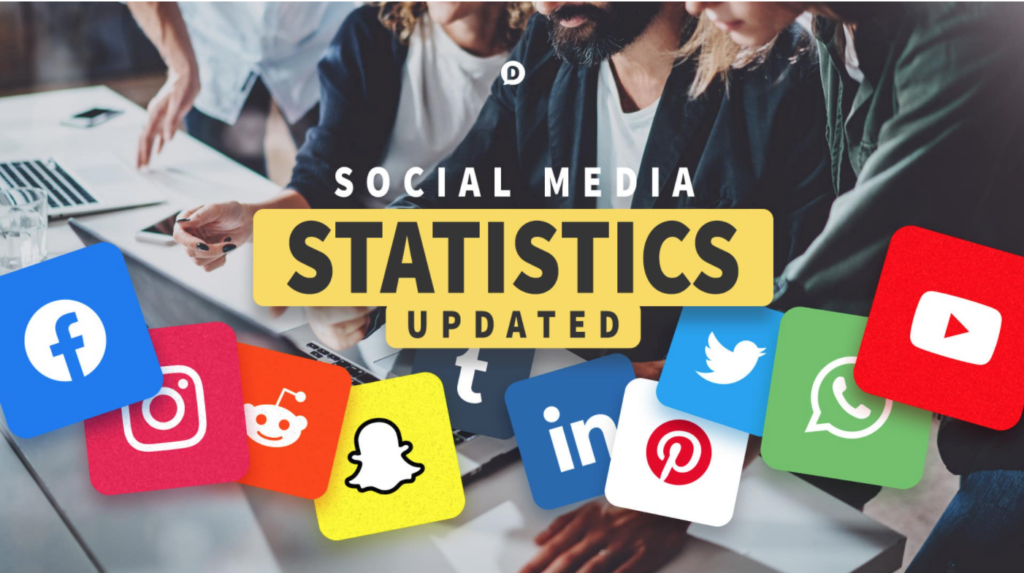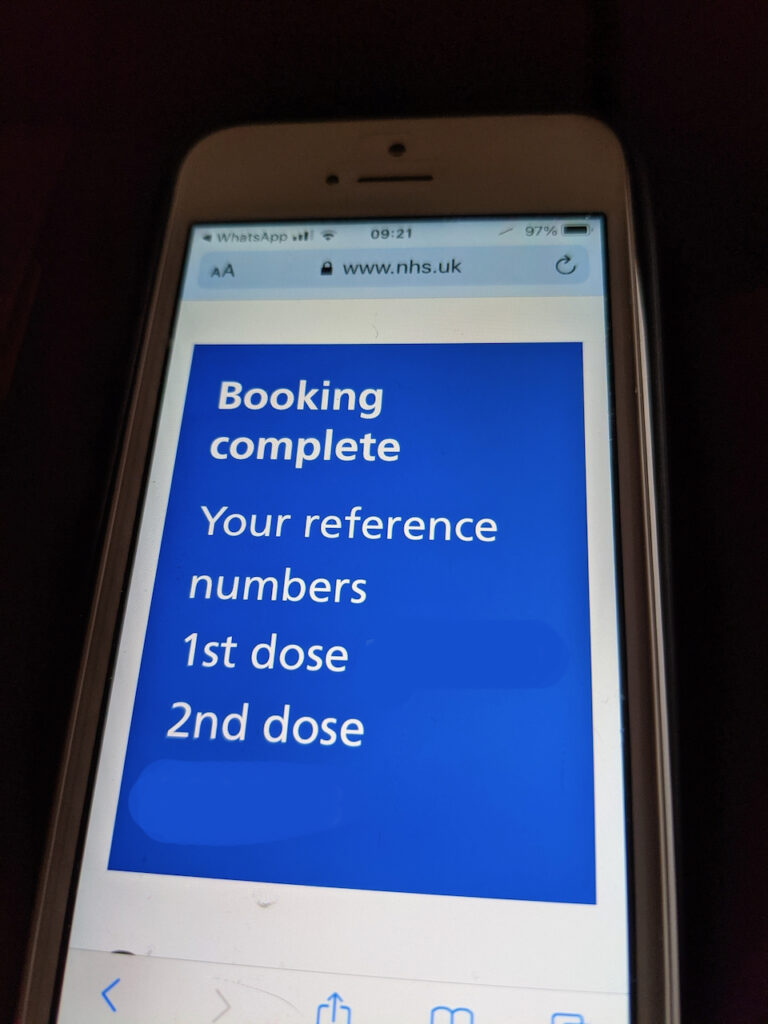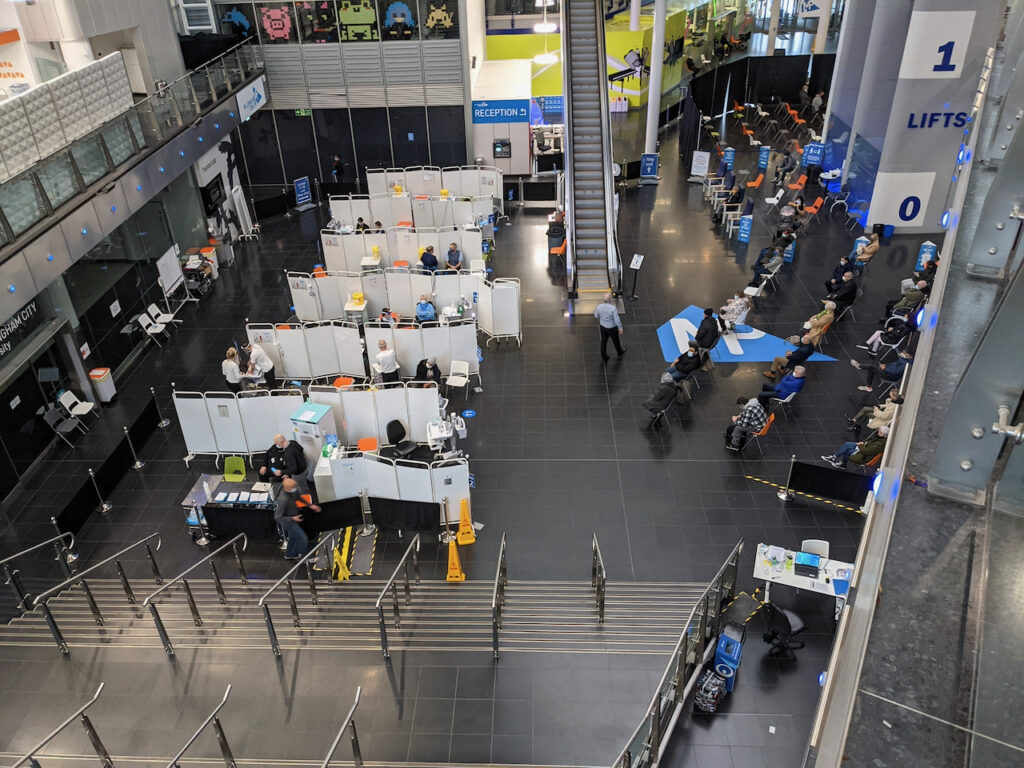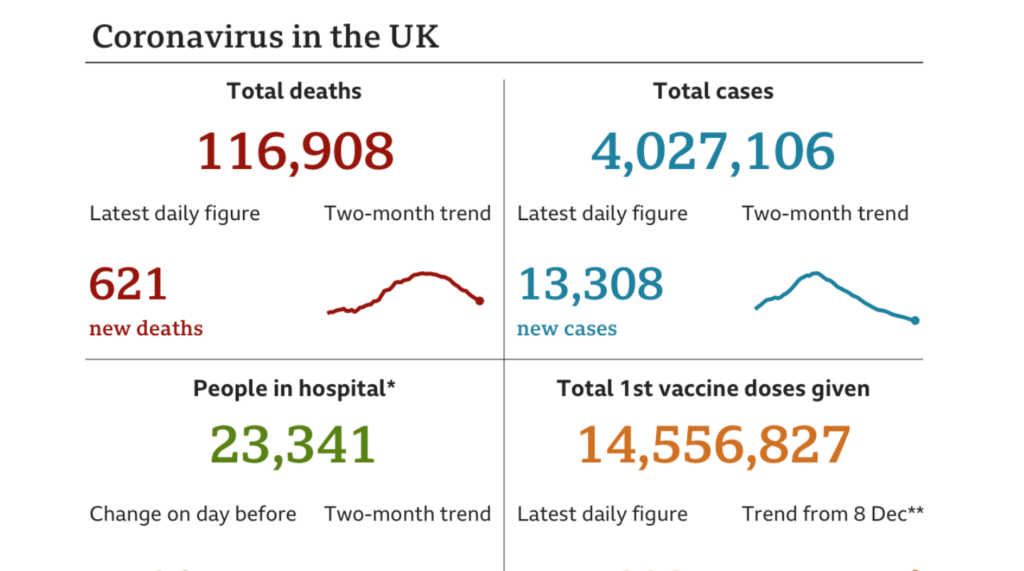Valentine’s Day is Vaccination Day
I have been looking into social media take up. The numbers of images uploaded to internet platforms, daily is enormous: in the billions. Dustin Stout is a social media entrepreneur and collates the most popular social media networks and apps in 2021 all in one place. Check out his report https://dustinstout.com/social-media-statistics/

The main platform stats:
Facebook statistics YouTube statistics WhatsApp statistics Instagram statistics Reddit statistics Twitter statistics Snapchat statistics LinkedIn statistics Pinterest statistics Tumblr statistics Google+ statistics Periscope statistics
February 14th 2021
The UK Covid figures are more directly concerning and are only ameliorated to some degree, by the high vaccination figures and the slow reduction in the other indicators we are so used to. There is a consideration by some that the vaccination is not safe, has constituent elements that are dangerous or go against some well held faith beliefs. I am not in any of those camps as I have been raised in a time period when scientific health advances have been accepted and promoted to avoid potential health problems. I have also benefited from physical surgery to allay a variety of health issues my ailing body throws at me. Many such ‘procedures’ are carried out under anaesthetic, administered by injection or inhalation of tested and approved potions. After periods of recovery I have survived these experiences having put my life in the hands of medical and scientific professionals. I am reminded of my secondary school science teacher who opened our studies with: “We do not claim science is the truth, but that it is the best understanding we have.”

In this light my partner and I received a text notification that we were eligible to receive the covid vaccination. Surprisingly this is probably the most dramatic personal moment in our lives since lockdown began. A sense of light at the end of the tunnel overtook us. Fingers crossed.
We joined the ques at the region’s central ‘vaccination centre’ having followed the signposts directing us and the many thousands of our fellow residents to Millennium Point. A building that received the second highest National Lottery grant to London’s O2 centre, at the turn of the century and which I attended the opening launch. It is home of the Science Museum. Who would have imagined that it would be necessary to commission it for a military level service, delivered by volunteers and health staff in a national effort to protect everyone from a global pandemic.

Note taking
I am reading, writing and taking notes as I build a structure to the Phd research and discovered a wonderful article based on an interview with artist printmaker Jim Dine (b1935). Like much of the writing I read, I take notes, add page references in order I can locate for future reference. Articles like Paul Coldwell’s on Dine give me a problem! They are so research informative that I end up taking so many notes I might as well just have copied the whole article for future reference. Perhaps highlighting within the article might be better. Or noting on each quote where I think the reference will be most useful in my written research, to ease the memory process.
The early work of Jim Dine where he made intaglio prints of hand tools giving them a status reserved for religious scenes in the past by such artists as Rembrandt Van Rijn, who Dine refers to as ‘the greatest’. ‘Five Paintbrushes is a print that hovers between tragedy and comedy, the brushes themselves suggesting disparate characters lined up for inspection. It is perhaps not too far to suggest that Dine’s brushes evoke the character of the Texans led by John Wayne in the 1960s film The Alamo. A fierce independence coupled with a romantic moral integrity, plus a sense of being of the earth, is instilled in the band of brushes.’ This parallels a description that Dine once gave of himself: ‘On the outside I was kind of like James Dean, with the heart of Christopher Robin’.[1] Five Paintbrushes goes through six ‘states’ of prints beginning with 5 paintbrushes in a line in the first state and increasing to ten brushes before returning to five in the final state.

The prints were made in 1970’s America and are more than realistic representations of hand tools bought from the local hardware store. They resonate with his experience of growing up and celebrations of the materiality of tools to be used by the hand. Seeing and thinking about ‘Tools’ led to considering recent lockdown experience of ‘backing up’ years of photographic images on virtual servers. Nothing could be so far from the materiality of Dine’s metal hand tools. I realised that, pre virtual back up I had a collection of physical external ‘back up’ hard drives. They could be lined up like the ‘70’s’ Paintbrushes as necessary tools of the early 21st Century. How far science and technology has developed in 50 years.
Paul Coldwell. 2016. Jim Dine – Printmaking and the Tools of his Trade
[1] D. Shapiro and J. Dine, Jim Dine, New York, 1981, p. 205.
Lest we forget

covid update
Even though the hospital cases are slowing and the vaccinations are being given in increasing numbers the death-toll continues rise. Per Head of population the UK death rate is one of the highest in the world.

Thats it


